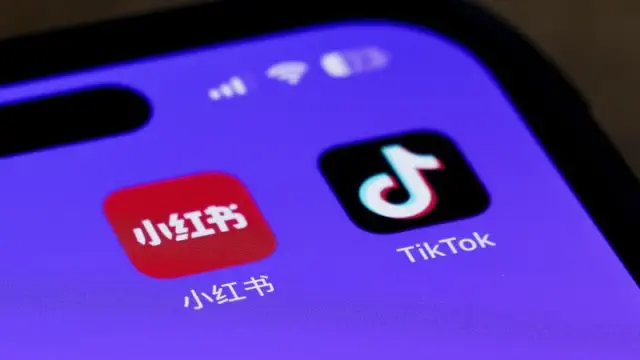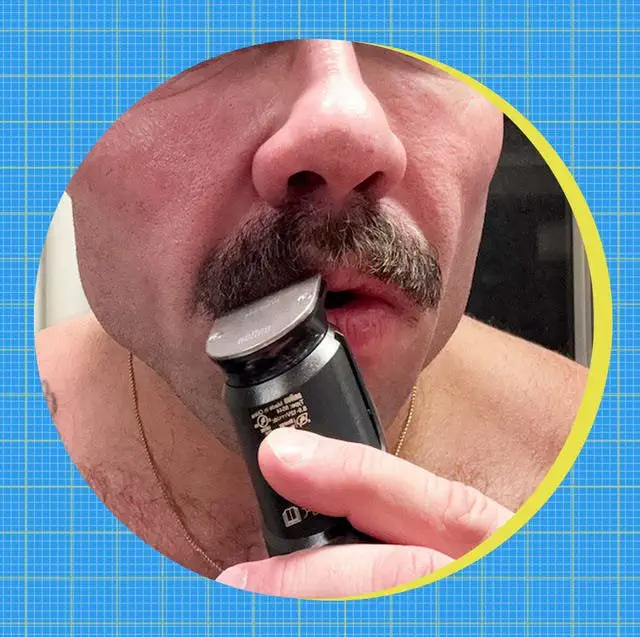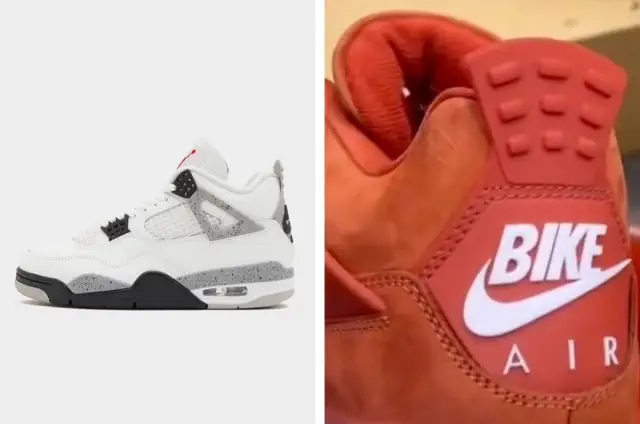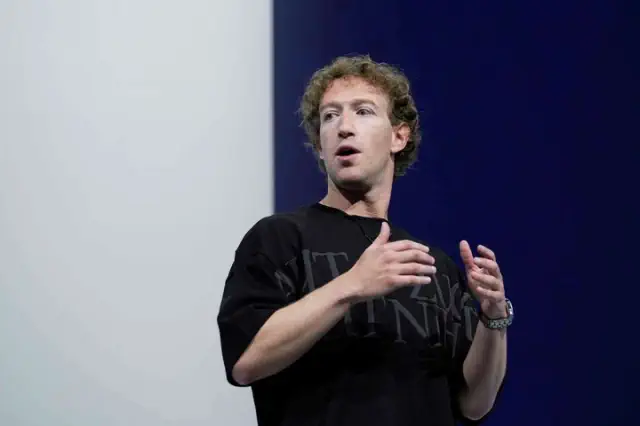On behalf of my son, I ventured to find the intelligent eyewear that 'provides vision to the visually impaired.'
View pictures in App save up to 80% data.
Luke Larsen / Digital Trends News
View pictures in App save up to 80% data.
Like most 4-year-olds, my son is absolutely obsessed with cars. Even though I have no real interest in them myself, he can accurately recognize the make and model of vehicles from quite a distance, thanks to his expanding assortment of Matchbox and Hot Wheels. His enthusiasm for cars is truly impressive!
But as we’ve had to explain to him, we still don’t know if he’ll be ever to drive one himself. The brain tumor that he was born with left him with stunted vision, particularly in one eye, with little hope of improvement.
That’s why one startup’s CES pitch this year promising a pair of prototype smart glasses that could grant “sight for blind people” caught me off guard. Determined to see if it could really be true, I had a new agenda for my week in Las Vegas; to attempt to reinvigorate my own belief that tech advancements are still capable of transforming lives — and rediscover hope for my son’s future.
An optimistic prototype
View pictures in App save up to 80% data.
View pictures in App save up to 80% data.
Our 4-year-old son was diagnosed with an extremely rare pituitary brain tumor called a craniopharyngioma. It was identified when he was just 10 months old, at which point the tumor was exerting pressure on his optic nerves and constricting his pituitary gland. This situation led to a deficiency in the normal hormonal functions that regulate essential bodily processes such as thirst, growth, cortisol production, and thyroid activity, in addition to causing vision impairment.
As we tried to map out the path forward, our world seemed to crumble around us, especially when we thought about his future. It wasn't a deadly cancer, and it seldom led to fatal outcomes. Yet, the tales of suffering we had heard were enough to haunt our nights, leaving us anxious about the quality of life that lay ahead.
However, there's no need for concern — I vowed to share a tale of hope, and that is precisely what this will be.
When I first opened the email containing the company's pitch, my mind immediately went to my own family. I thought of my mother, who is battling Age-related Macular Degeneration (AMD), and my son, who suffered vision loss due to a brain tumor.
So, there I was, wading through the sea of people in Eureka Park, the Wild West of CES, attempting to find a small booth for a startup that went by the strange name, Solid!. The company was there showing off its prototype smart glasses, known as Solid! Vision, a piece of technology that aims to recover sight to people with low-vision conditions, including macular degeneration. The claim is huge: think of it like hearing aids for your eyes. Or, according to its ambitious CEO, Neal Weinstock, “giving sight to the blind.”
As a kid, it’s poor vision that affects our son’s daily life most. Despite being tumor-free since his miraculous surgery in 2023, he still requires daily supplementary hormone replacements and experiences poor vision in one of his eyes. You’d never know it from his attitude on life, but he’s been patching one eye for four hours a day for most of his life, and lack of vision affects lots of daily kid activities, like playing hide-and-seek or being able to spot an airplane in the sky.
Yet again, there is hope.
I slipped on the fragile prototype glasses, and at this moment, they resembled a compact headset rather than traditional eyewear. However, the technology embedded within them could truly be game-changing. The frames are equipped with two outward-facing cameras to observe the environment, alongside two inward-facing ones designed to track the movements of your eyes.
View pictures in App save up to 80% data.
Solid!
The footage captured by the external cameras is projected onto the micro display located on the lens, but this process occurs multiple times. In fact, the lens features a series of displays, each presenting the identical image. The company's founder and CEO found that the human eye can be deceived into combining these high-resolution images from the array into one cohesive picture.
Weinstock is an engineer with a background in 3D work, and the early prototypes of the Solid! Vision were actually an example of autostereoscopic, or glasses-free 3D. But after working with Rich Muller, a physicist at University of California, Berkeley, he came upon the realization that there was an application for restoring vision.
"Weinstock explained to me, 'The way the brain interprets these various images is something that computer scientists understand more thoroughly than ophthalmologists. For starters, ophthalmologists often believe that the resolution in the peripheral areas of the eye is significantly lower than that of the fovea. However, it's well-known that devices like iPhones or Samsung phones combine multiple images from different cameras to enhance visual clarity. This is essentially what the brain accomplishes as well.'"
This technology enables the brain to perform visual tasks just as it has always been capable of doing.
Phone manufacturers had actually unknowingly mimicked the operation of the brain, and now that understanding is being reverse-engineered. By creating an array of Maxwellian displays, also known as retina-projection displays, Solid! can aim a pinhole light through the natural lens of the eye without engaging the focusing mechanism, as Weinstock explained.
The brain does what it’s always done — take the vision from your left eye and your right eye and add them together to create the single clearest image. With Solid! Vision, the brain is taking this array of images from the lens and projecting them to the entirety of the retina — and self-selecting to create a perfectly in-focus image.
“We divide the content coming in from the cameras into an array of all the same image, which goes through the lens and delivers to the eye in perfect focus — directly to the retina,” the chairman of Solid!, Derek Myers, explained to me. “Those optic nerves are then capable of reading that and constructing a single image — in perfect focus. Therefore eliminating the areas of the eye that are degenerative.”
Even though putting on the glasses didn’t instantly grant me flawless vision, I understood his point. Looking through the lens of various screens, and after making a few minor tweaks, I was finally perceiving them as one cohesive image. With that realization came a flicker of hope.
Initial experiments show encouraging results.
Solid! says it’s already working with early patients with conditions such as AMD (Age-related Macular Degeneration) and even coronary dystrophy, which can affect much younger people. One early patient is just 19, and after using the prototype glasses, reported fully restored central vision.
The form factor is important, of course, which Solid! admitted. After all, if a pair of glasses was inconvenient, uncomfortable, or socially obtrusive, people would be far less likely to adopt them into their daily lives. Solid! says it will be benefitting from all the advancements happening in the wider industry around compact form factors, which remains one of the biggest hurdles to adoption of smart glasses. We’ve all seen the success of glasses like the Ray-Ban Meta smart glasses, and much of that has to do with form factor.
I was presented with visual representations of what the company anticipates the consumer version of this product will resemble, and they definitely appeared to be quite promising.
Watch this simulation of how Solid!Vision glasses corrects vision for macular degeneration. pic.twitter.com/HOoq7DhsHg
— Solid! Corp. (@Solid!Corp) December 23, 2024
The organization is evaluating the complete product offering as well, taking into account factors such as resolution and image quality, along with ergonomics, privacy, and security issues. These elements are crucial, especially when enhancing a person's vision.
Even more thrilling, Myers mentioned that upcoming enhancements to the product might feature a more precise approach to mapping a patient's unique retina. This could be particularly beneficial for individuals like our son, who experiences a loss of peripheral vision in one eye.
While he was sharing his insights, I found myself reflecting on my son — likely a teenager or in his twenties by then — and the life he might lead. I want to clarify that after his surgery, I feel a deep sense of hope and positivity about what lies ahead for him. Still, I can't help but wonder how the technology that is just beginning to develop now will evolve over the next decade or two. It would be unrealistic not to be hopeful, particularly since we have already experienced significant benefits from technological advancements that have supported his treatment journey.
His brain surgery was successfully performed entirely through his nasal cavity, utilizing cutting-edge technology and methods that were unimaginable just a few decades ago. This advancement is attributed to the use of endoscope cameras and miniature instruments. Remarkably, it was only four years prior that a child of his age had undergone the same procedure, carried out by the same surgeon, who incorporated a 3D-printed skull and virtual reality to facilitate the operation.
In the case of our son, the outcome was a successful removal of the tumor with minimal repercussions. On one side — a well-established miracle. On the other, further evidence that technological advancements truly make a difference.
A future that isn't too far away
View pictures in App save up to 80% data.
Solid!
Solid! is currently fundraising, but it already has plans to put out a consumer product in the near future, as early as the first quarter of next year.
But let me clear: As of now, I don’t know for sure that something like Solid! could help my son’s vision. He may have damage to his actual optic nerves from the tumor, which is wholly different from retinal deterioration. Furthermore, this first version of smart glasses may only have a few hours of battery life, designed for limited, at-home use.
Visual impairments that could potentially be alleviated by these glasses are prevalent in my family. My mother suffers from age-related macular degeneration (AMD), and my nephew might be dealing with some type of retinal damage too. AMD is believed to be a hereditary condition that can be transmitted through generations. It's possible that I might face this issue in the future, and it’s certainly a risk that could be inherited by our children as well.
From my observations of my mother's struggle with AMD, I've come to realize that there is no simple solution for this condition.
As I described my son’s condition to another Solid! representative, he gave me a knowing grin.
"I've lost count of how many individuals have mentioned that while passing through here. You engage in the business talk, and then it shifts to my mom, my dad, my uncle, my grandfather."
From my observations of my mother's struggle with AMD, I've come to realize that there is no simple solution for this condition. It tends to progress over time, and the best treatments we have now can only hope to slow the deterioration of the retina. Technology like Solid! provides an alternative solution. But for me, it’s less that Solid!’s specific solution is the end-all-be-all. It’s that CES and the tech world at large are full of ideas just like this. A smart walking cane with GPS and AI built into it for the blind, advanced smart hearing aids, and even an at-home AI stethoscope.
While I usually don’t place all my faith in technological advancements for the future, attending CES this year shifted my perspective. I left the event feeling more optimistic and less skeptical about the groundbreaking technologies being developed that could significantly enhance our lives in just a few years.
Perhaps one day, it might actually allow our son to fulfill his dream of being behind the wheel of a car. I feel a greater sense of hope today than I ever have before.











